Inflection Point
Posted On Wednesday, Jun 16, 2021
Investopedia defines an inflection point as a significant change in the progress of an economy, markets, industry and can be considered a turning point after which a dramatic change, positive or negative is expected.
The onset of the pandemic last year was clearly one such inflection point. It changed the course of economies, of certain industries and the markets.
Are we at one such inflection point again?
We wrote about the possibility of a global Inflation tantrum and its impact on Indian Fixed income in the May 2021 edition of the Debt Market Observer.
The surprise rise in US CPI inflation for May 2021 to a 13-year high and a more than 100 bps higher than consensus India CPI reading in May 2021 might change the debate on whether the Inflation is transient or permanent.
The Inflation Debate:
For now, global central bankers believe that the current inflation trend is transitory. They are prepared to overlook this short-term surge in order to remain accommodative and support growth for a longer period. Thus, interest rates are expected to remain low for a long.
This is crucial.
• Low-interest rates lower the overall cost of capital and the discounting rate.
• Low-interest rates and thus low returns from fixed income have driven demand for other assets like equities, private equity, real estate.
• Low-interest rates are necessary to be able to service the higher debt burden taken on since the pandemic.
The Reserve Bank of India has also, rightly so, leaned towards growth even before the pandemic. Since January 2020, the RBI has cut the policy repo rate by 115 bps and the reverse repo rate by 155 basis. It has added liquidity of more than INR 10 trillion. It has committed to remain accommodative for as long as it takes to revive growth.
Inflation is now the biggest threat to this monetary policy setup. It will be the biggest policy question for the Reserve Bank of India and the Monetary Policy Committee.
The consumer price inflation (CPI) has been running consistently above the RBI’s goal of 4% for the last 20 months. Remember the RBI targets to keep the headline CPI Inflation at 4% with a broader range of 2% - 6%.
Chart – I: Inflation breached the 6% ‘Laxman Rekha’
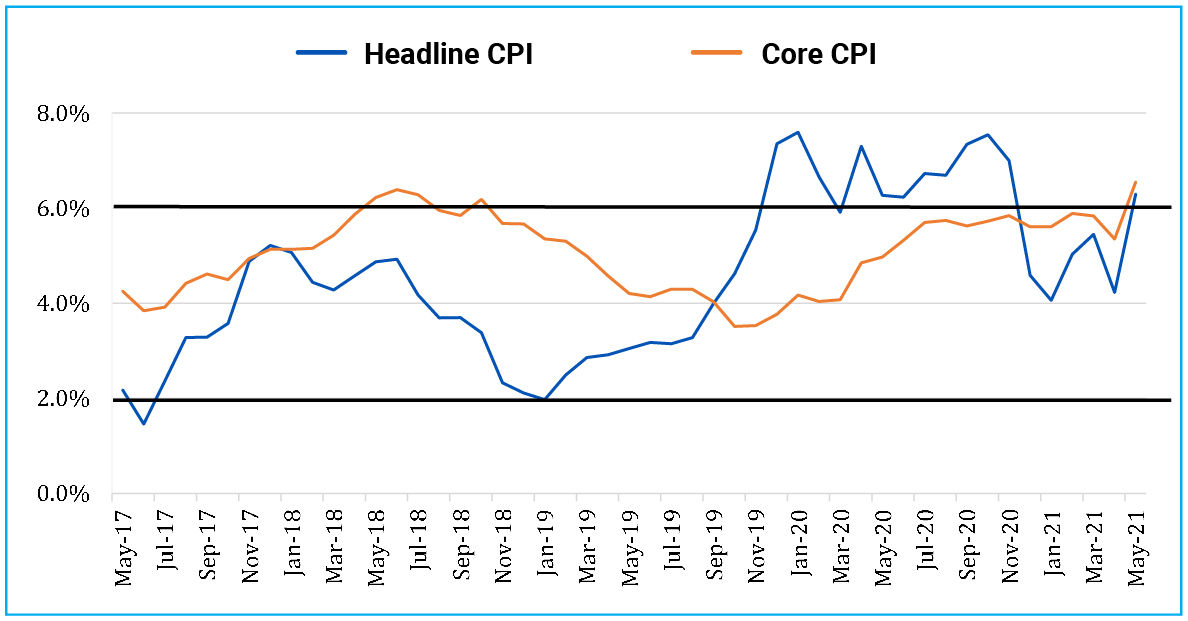
Source: MOSPI, Quantum Research | Data as of June 15, 2021
In FY 2020-21, CPI breached the RBI’s upper threshold and averaged at 6.2%. Since that was a year of big economic shock, the RBI ignored the inflation and kept monetary policy extremely accommodative to revive growth. This was also based on the hope that inflation is transitory and will come down over the period.
Evidently, inflationary pressures have sustained. The latest CPI reading for the month of May 2021 beat all market forecasters to come at 6.3%. The average forecast as compiled by Bloomberg was at 5.4%. Pricing pressure can be seen across the board.
Retail inflation has a history of being sticky. It usually creates a feedback loop and feeds into inflationary expectations of consumers that can lead to even more inflation. Household inflation expectation as per the RBI’s survey has already started moving higher.
Chart – II: Rising prices and loose monetary and fiscal policy fueling inflationary expectation
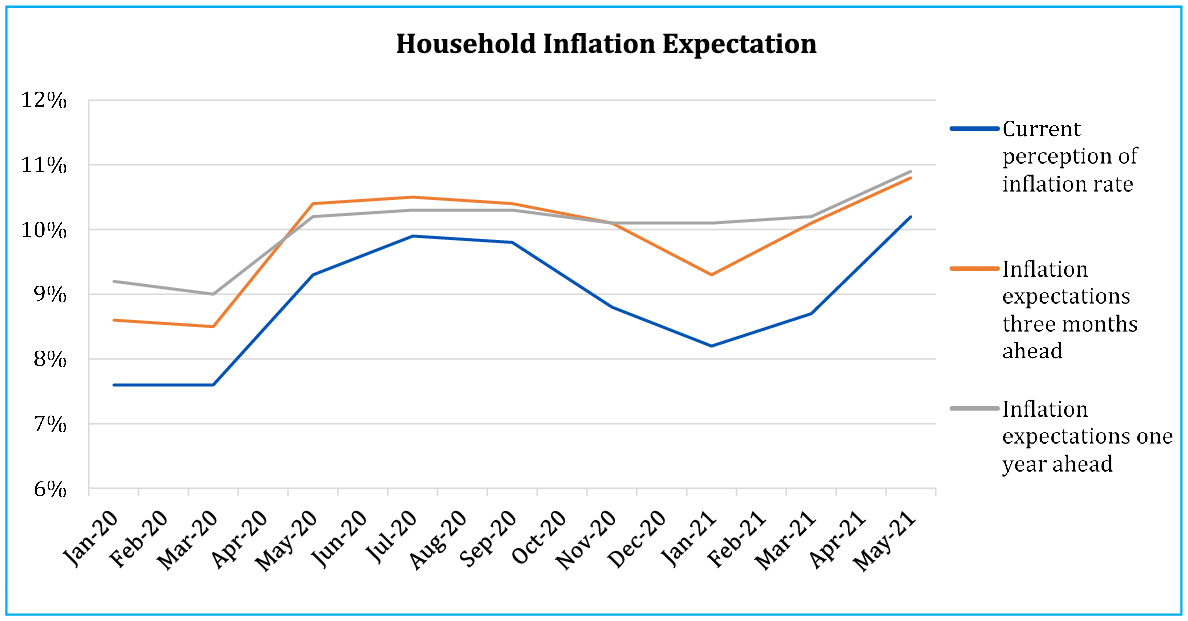
Source: CMIE, Quantum Research | Data Upto May 2021
CPI inflation may sustain above the 6% threshold for some time. The RBI, in its policy thinking, has been running a risk of misjudging the inflation threat. Thus, persistent inflation could prompt a change in policy thinking sooner than anticipated. May CPI numbers could very well become an inflection point in the RBIs monetary policy cycle.
We expect the RBI will loosen its control over the bond yields and allow market forces to price these risks appropriately. This will facilitate a relatively smoother transition out of the easy monetary policy. We may see lesser RBI intervention in weekly auctions in the coming weeks. This could push bond yields higher.
The RBI could change its policy statement in the August review to incorporate inflation risks appropriately in its forward guidance. However, any policy action seems unlike at this moment. We expect policy normalization to start in the second half of FY22.
Chart – III: Policy Repo rate remained at historic low
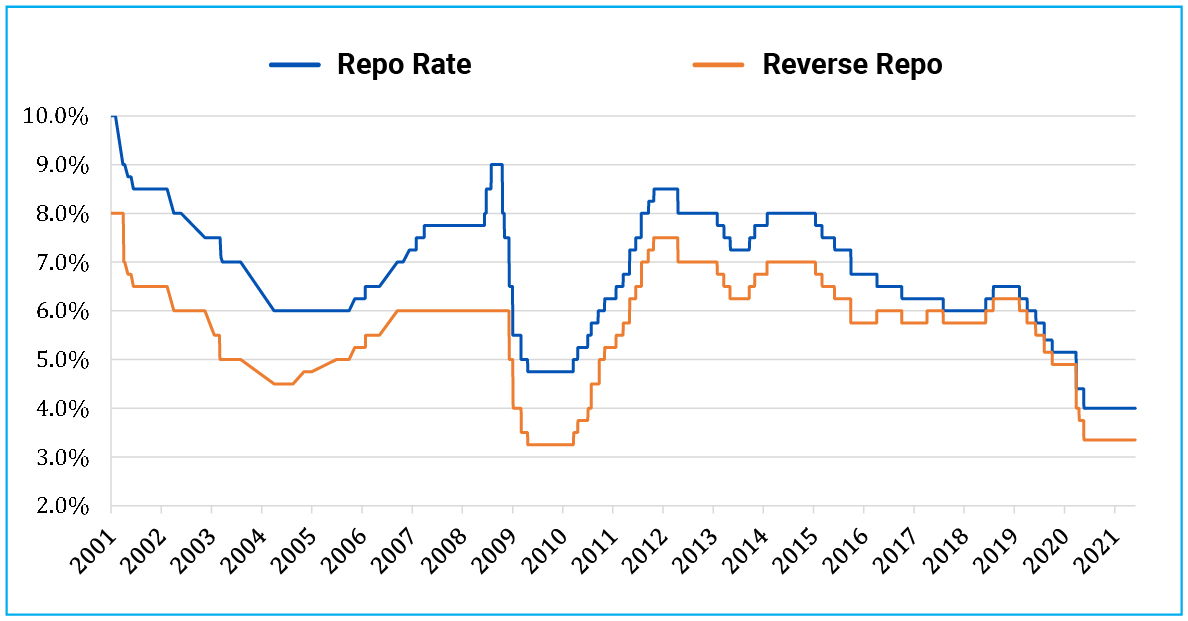
Source: RBI, Quantum Research | Data Upto June 2021
Past performance may or may not sustain in future.
The RBI could start the normalization by taking out excess liquidity and hiking the reverse repo rate to close the policy corridor (the difference between the repo and reverse repo rate) by the end of the calendar year 2021. An increase in the policy repo rate may happen only in 2022.
Outlook – Yields heading higher
In short-run, RBI’s actions will remain the key driver for the Indian bond market. It has already committed to purchase Gsec worth Rs. 1.2 trillion in Q2 FY22. Given the extraordinarily large size of government’s borrowing requirement, the RBI will have to continue its market interventions well into the future to maintain calm in financial markets.
The overall market expectation is that the RBI may buy around INR 4.0-4.5 trillion in FY 22. This may be supportive for the market over coming months.
Chart – IV: Government borrowing to remain high in foreseeable future
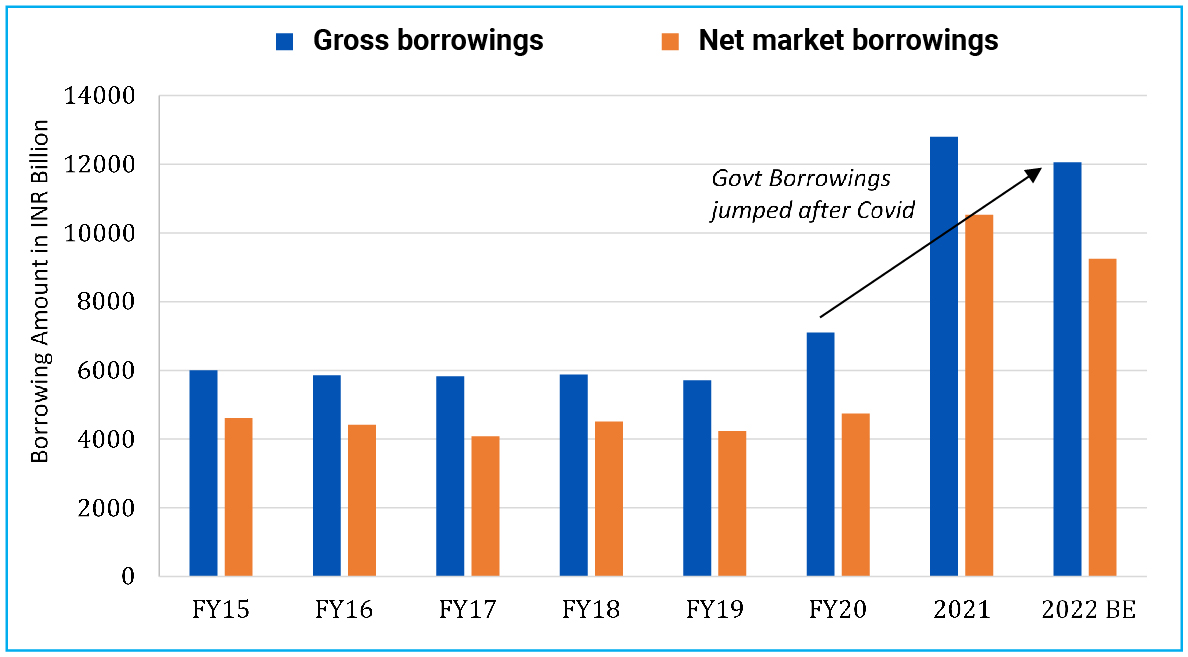
Source: CMIE, Indiabudget.gov.in, Quantum Research
Table - I: Much Larger RBI support will be needed to fund government’s borrowing program
| (INR Billion) | FY 17 | FY18 | FY18 | FY18 | FY18 | FY18 |
| Net Supply of bonds (Centre and States Combined) | 10,290 | 8,253 | 8,726 | 10,543 | 17,633 | 18,700 |
| Demand Sources | ||||||
| Banks & PDs | 3,464 | 4,056 | 1,666 | 4,499 | 4,547 | 4,500 |
| Insurance and PFs | 4,586 | 4,193 | 4,061 | 3,946 | 5,977 | 5,500 |
| Others | 880 | 939 | 238 | 1,333 | 4,238 | 2,200 |
| RBI | 1,355 | (936) | 2,770 | 773 | 2,855 | 6,500 |
Source: RBI, Quantum Research | Data Upto March 31, 2021
FY22 numbers are as per Quantum Research Estimate
However, we expect that the RBI will reduce its other tactical market interventions by way of auction cancellations, devolvement and special OMOs to allow market forces to adjust to economic reality.
Over the medium term, inflation and potential monetary policy normalization will play a more important role in shaping the interest rate trajectory. With Covid-19 cases coming down and inflation picking up, focus would shift to policy normalization sooner than later.
We continue to believe that bond yields have already bottomed out in this cycle and expect it to move higher over the next 1-2 years.
Chart – V: Bond yields near-decade lows, poised to move higher
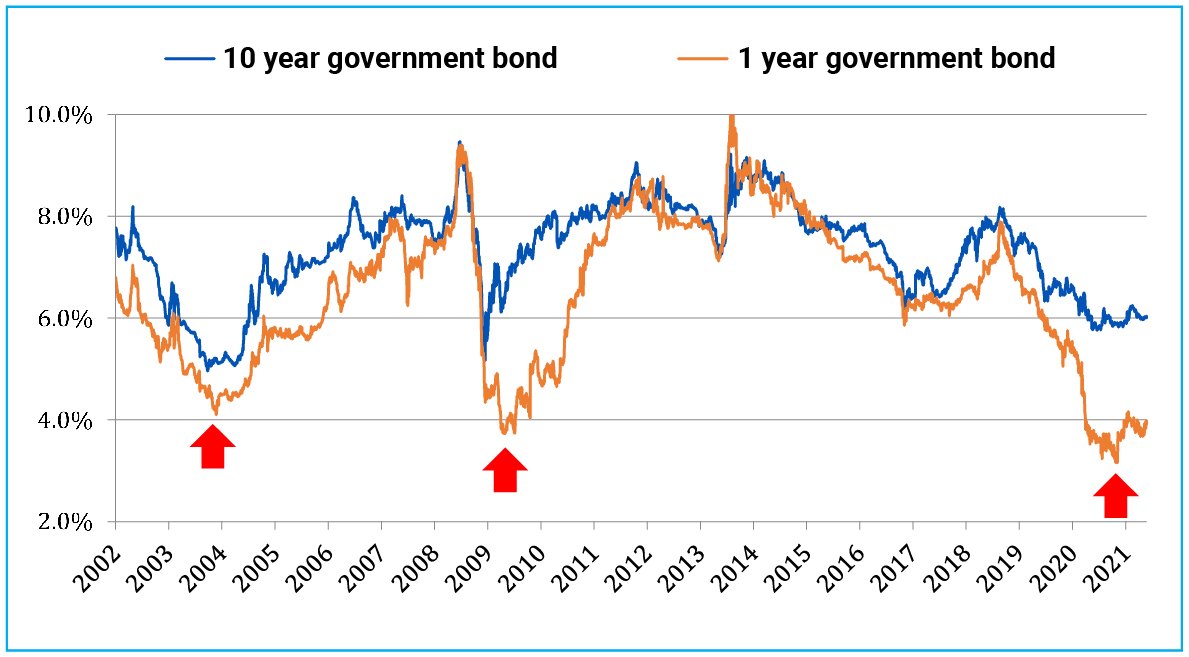
Source: RBI, Quantum Research | Data as on June 15, 2021
Past performance may or may not sustain in future.
Portfolio Strategy and Outlook
In the Quantum Quantum Dynamic Bond Fund (QDBF) portfolio, we continue to focus on tactical trading opportunities within a narrow range. QDBF does not take any credit risks and invests only in sovereigns and top-rated PSU bonds, but it does take high-interest rate risk from time to time.
Currently, the QDBF portfolio is defensively positioned with a significant portion of the portfolio invested in below 2-year government bonds to keep interest rate risk under check. This position appropriately reflects our cautious view on the market.
In the Quantum Liquid Fund, we continue to focus on short-term treasury bills and good-quality PSU debt securities. With the ample liquidity in the banking system, the yield on short-term money market papers may remain around the reverse repo rate.
We have been saying this since the start of the year that, investors should acknowledge that the best of the bond market rally is now behind us. At this time it would be prudent to lower the return expectations from fixed income products – as money market yields, fixed deposit rates will remain low and potential capital gains from long bond funds will be muted.
Conservative investors can remain invested in categories like liquid funds where the impact of interest rate rise would be favorable. However, while selecting a liquid fund be cautious of the credit quality and liquidity of the underlying portfolio.
At this point where fixed deposit rates have come down to historical lows, liquid funds could be an option (with market risk) in comparison to locking in long-term fixed deposits. Liquid Funds invest in up to 91-day maturity debt securities, which get re-priced higher when interest rates rise. Fixed deposit interest rates remain fixed for the entire tenor thus lose out during a rising interest rate cycle.
Investors with a higher risk appetite and longer holding period can consider dynamic bond funds where the fund manager has the flexibility to change the portfolio when the market view changes. These funds are best suited for long-term fixed income allocation goals. However, do remember that bond funds are not fixed deposits and their returns could be highly volatile and even negative in a short period of time.
Another risk in the horizon: Taper Tantrum 2.0?
India is not the only country grappling with rising Inflation. This has become a global phenomenon. CPI inflation in the US rose to 5% in May 2021, which is the highest in 13 years. Other advanced economies are also witnessing a pick-up in inflation. This has raised an extensive debate about the future course of monetary policy. Most prominent among these is the ongoing talk of tapering asset purchases by the US Federal Reserve.
US monetary policy has an enormous spillover impact on emerging economies. In 2013, a mere hint of tapering the bond purchases by the US Fed caused turmoil in emerging economies. In 2018 also EMs faced the brunt of interest rate increases in the US.
Countries like Brazil and Russia have already started the rate hiking cycle to curtail inflationary pressures and resultant external vulnerability.
India was one of the worst-hit economies during the “taper tantrum” episode of 2013. India’s macroeconomic position and external accounts are in much better shape now than what it was in 2013. The RBI has also built a significantly large war chest of foreign exchange reserves, which now stands at above USD 600 billion. Nevertheless, Indian markets might not be immune to any large shock in the global sphere.
Table - II: India not ‘Fragile’ anymore?
| India Macro Conditions | Pre and during Taper Tantrum of 2013 | Current Inflation Tantrum 2021 |
| GDP Growth | Post GFC stimulus pump primed growth but fizzed off | Below potential going into COVID. Recovering better than expected |
| Inflation | High Producer and Consumer Inflation | Under control within RBI target |
| Oil Prices | Hovering around $100/brl | Average Below $70/brl |
| Current Account Deficit | Very high; >3% of GDP | Current Account Surplus |
| FX Reserves and External Debt | Low reserves. High corporate FX debt due for maturity | FX reserves well above Total External Debt. Low Corporate FX leverage |
| Foreign Portfolio Flows | Bond Tourists Weak FDI | Long term real money flows / Strong FDI |
| Real Interest Rates | Deeply negative $100/brl | Negative |
| Currency Valuation | Over-valued | Over-valued |
Source: Quantum Research
A sudden change of monetary policy direction in the US remains a big risk for the Indian bond market in 2021. It is imperative for investors in emerging markets like India to keep this risk in mind. If US 10-year treasury yields indeed heads up towards the 2.0-2.5% range quickly, global asset markets will face some turmoil.
Chart – VI: Rising US Treasury yield risk to Indian Bonds
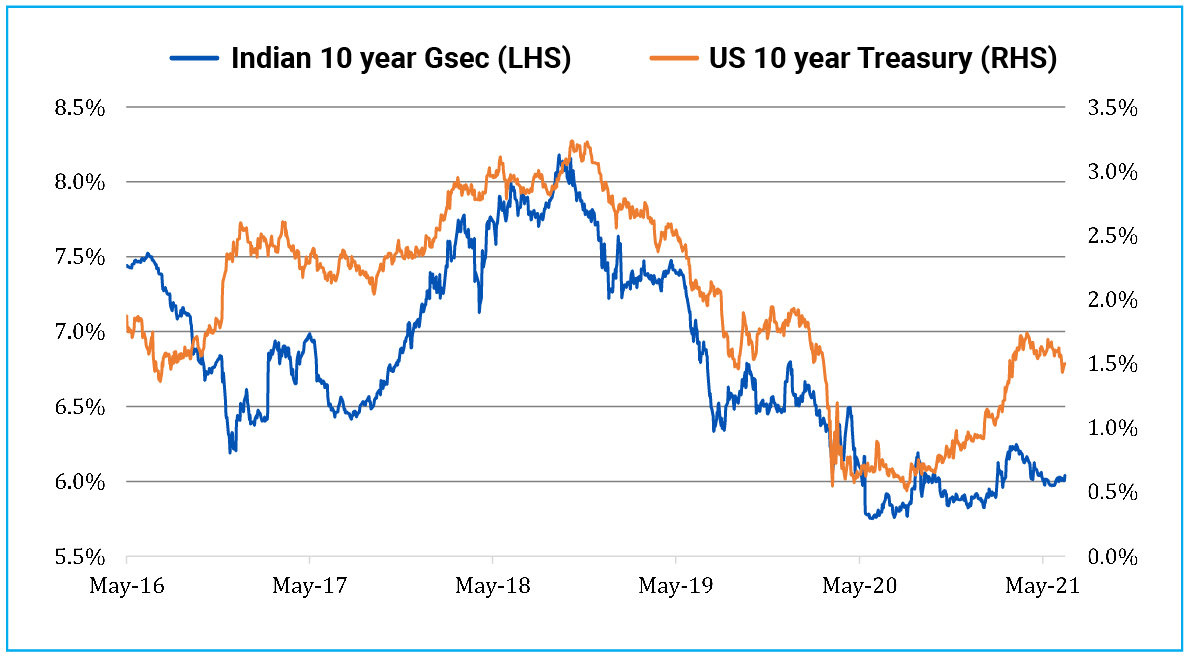
Source: Bloomberg, Quantum Research | Data Upto June 15, 2021
For any queries directly linked to the insights and data shared in the newsletter, please reach out to the author – Pankaj Pathak, Fund Manager – Fixed Income at [email protected].
For all other queries, please contact Neeraj Kotian – Area Manager, Quantum AMC at [email protected] / [email protected] or call him on Tel: 9833289034
| Name of the Scheme | This product is suitable for investors who are seeking* | Riskometer |
| Quantum Liquid Fund An Open Ended Liquid Scheme | • Income over the short term • Investments in debt / money market instruments | 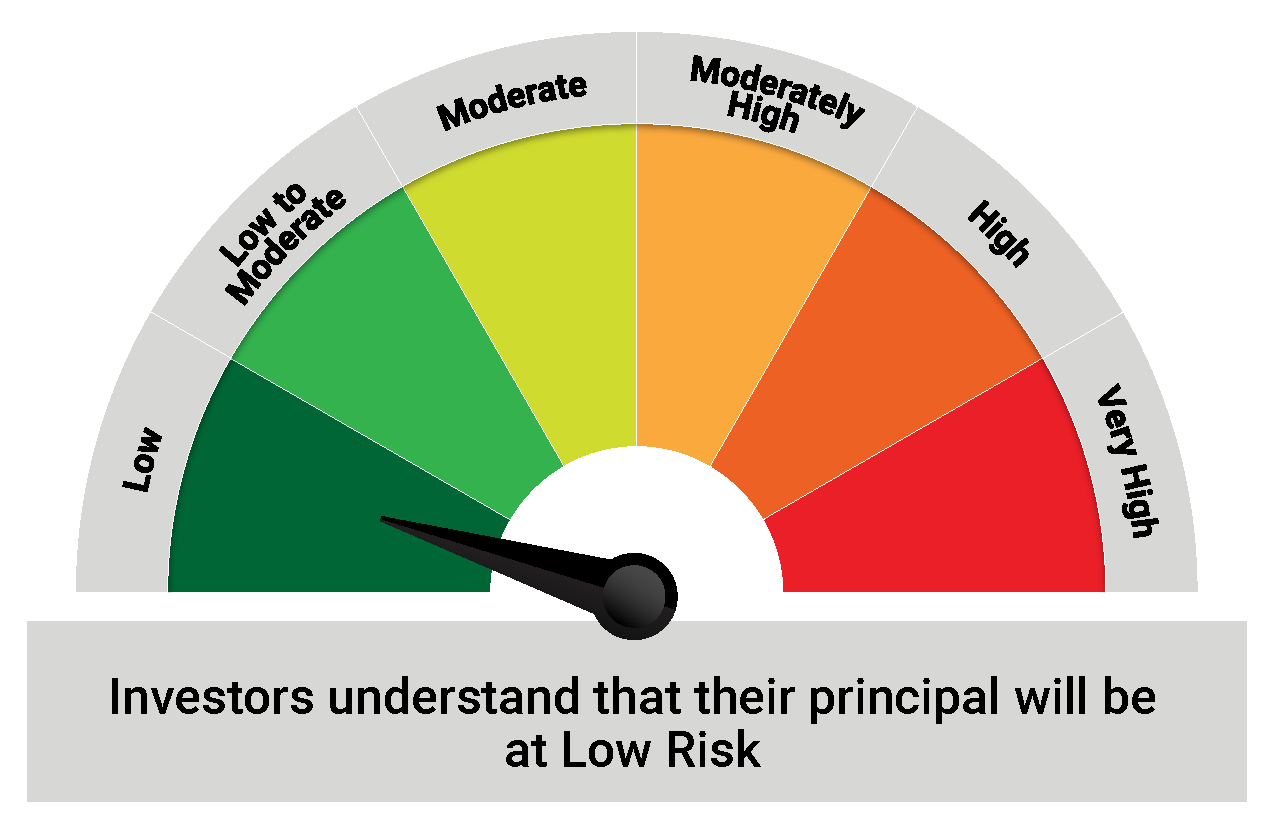 Investors understand that their principal will be at Low Risk |
| Quantum Dynamic Bond Fund An Open Ended Dynamic Debt Scheme Investing Across Duration | • Regular income over short to medium term and capital appreciation • Investment in Debt / Money Market Instruments / Government Securities | 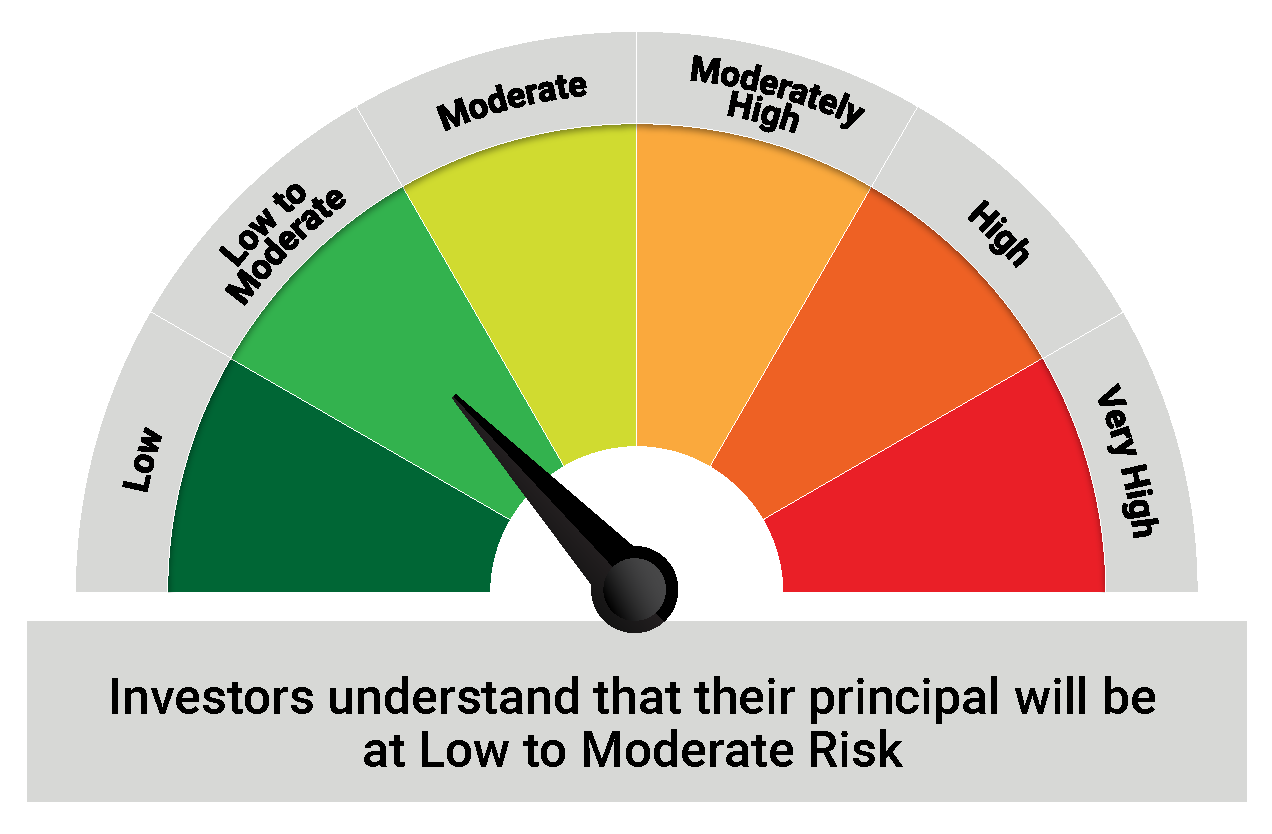 Investors understand that their principal will be at Low to Moderate Risk |
The Risk Level of the Scheme in the Risk O Meter is based on the portfolio of the scheme as on May 31, 2021.
Disclaimer, Statutory Details & Risk Factors:
The views expressed here in this article / video are for general information and reading purpose only and do not constitute any guidelines and recommendations on any course of action to be followed by the reader. Quantum AMC / Quantum Mutual Fund is not guaranteeing / offering / communicating any indicative yield on investments made in the scheme(s). The views are not meant to serve as a professional guide / investment advice / intended to be an offer or solicitation for the purchase or sale of any financial product or instrument or mutual fund units for the reader. The article has been prepared on the basis of publicly available information, internally developed data and other sources believed to be reliable. Whilst no action has been solicited based upon the information provided herein, due care has been taken to ensure that the facts are accurate and views given are fair and reasonable as on date. Readers of this article should rely on information/data arising out of their own investigations and advised to seek independent professional advice and arrive at an informed decision before making any investments.
Mutual fund investments are subject to market risks read all scheme related documents carefully.
Please visit – www.quantumamc.com/disclaimer to read scheme specific risk factors. Investors in the Scheme(s) are not being offered a guaranteed or assured rate of return and there can be no assurance that the schemes objective will be achieved and the NAV of the scheme(s) may go up and down depending upon the factors and forces affecting securities market. Investment in mutual fund units involves investment risk such as trading volumes, settlement risk, liquidity risk, default risk including possible loss of capital. Past performance of the sponsor / AMC / Mutual Fund does not indicate the future performance of the Scheme(s). Statutory Details: Quantum Mutual Fund (the Fund) has been constituted as a Trust under the Indian Trusts Act, 1882. Sponsor: Quantum Advisors Private Limited. (liability of Sponsor limited to Rs. 1,00,000/-) Trustee: Quantum Trustee Company Private Limited. Investment Manager: Quantum Asset Management Company Private Limited. The Sponsor, Trustee and Investment Manager are incorporated under the Companies Act, 1956.
Related Posts
-

The Monetary Transition
Posted On Wednesday, Nov 24, 2021
Inflation has been one of the biggest talking points globally in 2021.
Read More -
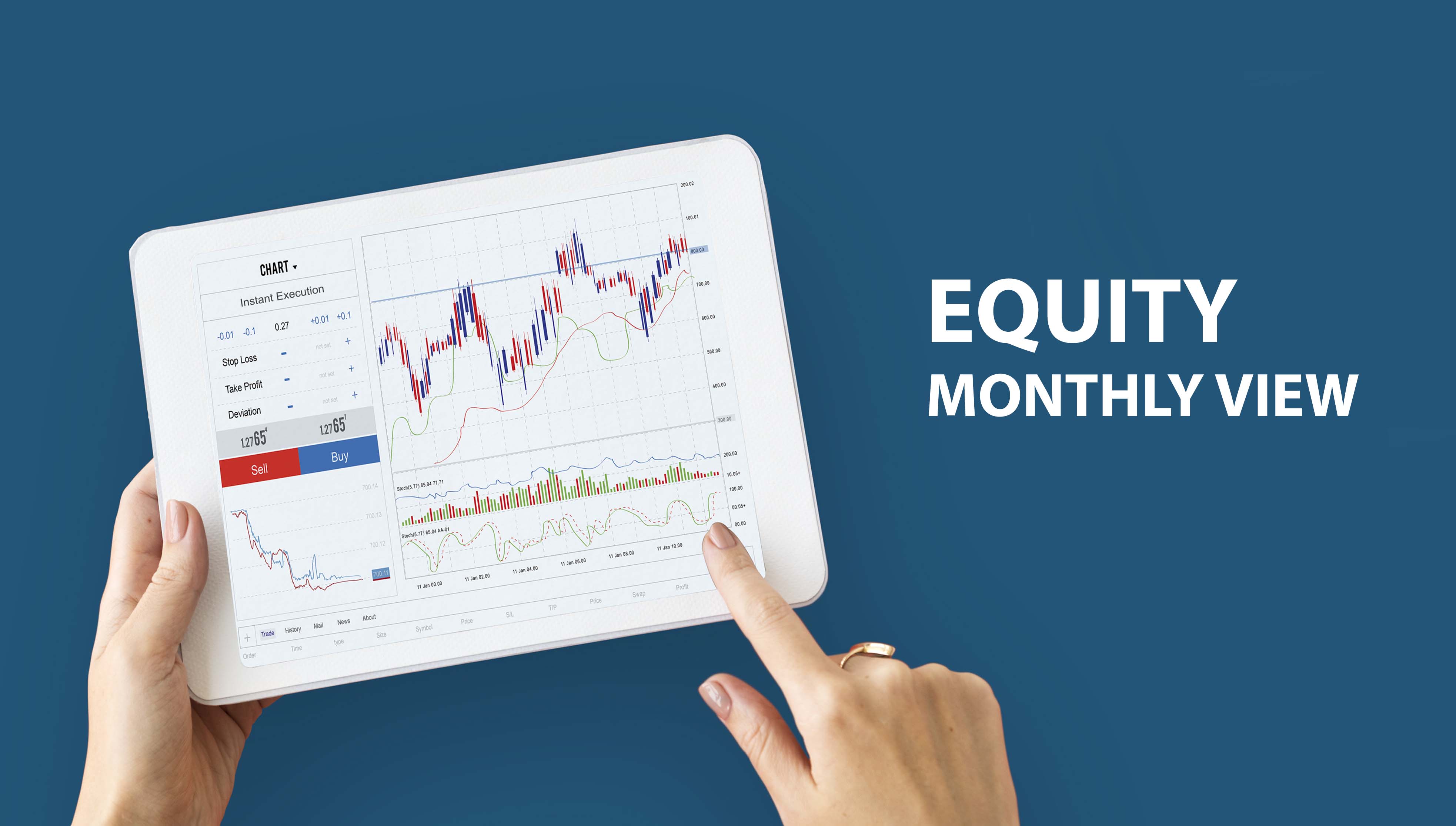
सौरभ गुप्ता द्वारा मन्थ्ली इक्विटी देखें
Posted On Friday, Sep 17, 2021
एसएंडपी बीएसई सेंसेक्स अगस्त-21 के महीने में कुल रिटर्न के आधार पर 9.4% बढ़ा।
Read More -

निश्चित आय मासिक कमेंट्री - सितंबर 2021
Posted On Friday, Sep 17, 2021
बॉन्ड मार्केट के लिए अगस्त एक सकारात्मक महीना था। मैच्योरिटी कर्व के दौरान बांड यील्ड नीचे आया।
Read More



